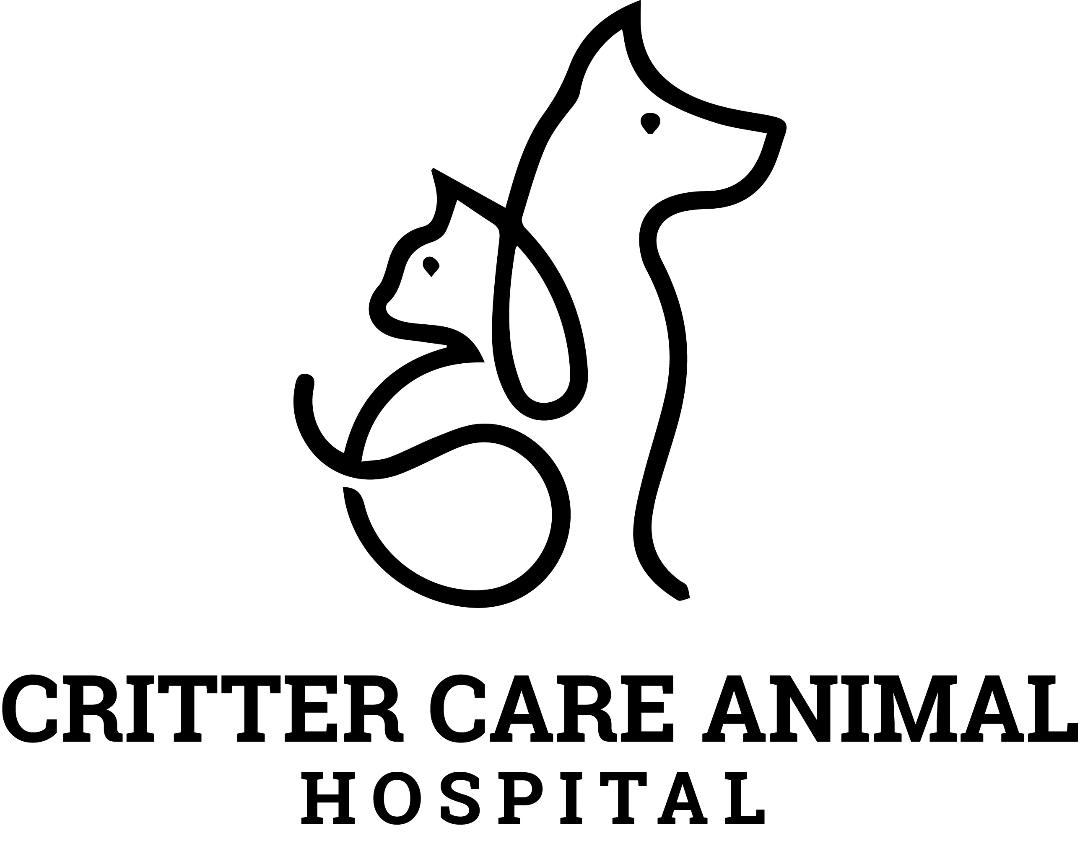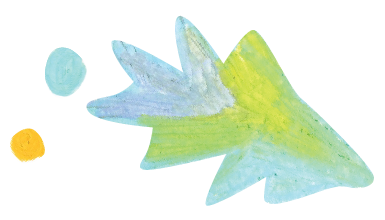Library
-
Over 60% of cats in North America are either overweight or obese, so paying attention to the balance between activity and calorie intake is important. Nutrient formulation and portion control are the two most important aspects of weight control. Once you have chosen a formula and have calculated a reasonable daily portion based on calorie density, the best way to stay on track and prevent unwanted weight gain is to combine portion control with regular, formal weigh-ins.
-
This handout discusses the risks and benefits of feeding commercially prepared fresh, whole-food diets, as well as home-prepared recipes for your cat or dog. Topics highlighted include food safety, nutritional imbalances, and the need to ensure that any diet has been well-researched for nutritional safety and completeness.
-
Cats are obligate carnivores and cannot be vegetarian. Through evolution, cats have become dependent on the specific forms of nutrients found only in animal tissue. Feeding your cat a proper diet is one of the most important aspects to help keep them at optimal health. It is important to keep in mind that the nutritional requirements and dietary preferences change over the course of the cat's lifetime. Your veterinary health care team can help you make good-quality diet choices and determine the correct number of calories your cat needs in a day.
-
La obesidad, definida como un exceso de un 30% o más del peso corporal normal, es la enfermedad nutricional más común en gatos domésticos. Aunque la frecuencia varía entre países, de media se considera que el 40 al 45% de todos los gatos adultos presentan obesidad.
-
In North America, obesity is the most common preventable disease in cats. Just over 60% of domestic cats are overweight. Scientific evidence now shows that fat tissue is not benign; it actively secretes inflammatory hormones and creates oxidative stress, both of which contribute to increased risks for several diseases, as well as a decreased quality of life. Treating obesity as a chronic, inflammatory condition means regular veterinary assessments and strict attention to portion control.
-
Obesity is the most common problem in cats in North America and leads to an increased risk of diabetes mellitus, heart disease, and several types of cancer. Extra body fat causes increased inflammation associated with osteoarthritis. Reducing inflammation and pain can help an overweight cat to regain activity, which in turn can lead to more appropriate weight loss. Obesity can be prevented or reversed when cat owners are aware of calorie intake, body condition, and improving movement or activity.
-
Obesity is a common problem in cats. It results from too many calories being eaten and not enough calories being burned. Extra body fat causes increased inflammation in the body, worsening osteoarthritis and joint disease. To prevent your cat from becoming obese, speak to your veterinarian about your cat’s calorie needs and an appropriate food for your cat's life stage. Increasing your cat's daily activity can help prevent or reverse obesity. Be aware of your cat's body condition and keep track of her weight.
-
Most cats instinctively hide their pain as a survival mechanism which can make detecting pain in cats a challenge. Although the signs may be subtle, careful observation of a cat’s everyday behaviors will often reveal pain when it is present. These signs may include changes in behavior, mobility, elimination, and grooming habits. Common pain medications include NSAIDs and opioids. Your veterinarian will choose the appropriate drugs based on your cat's specific needs.
-
House paint, art paint, varnishes and other decorative or protective solvents come in many varieties, and most are dangerous to dogs and cats. Water-based paints, the most common, include latex, tempera, and poster paints.
-
Palliative care can be as easy or complex as necessary, to meet the needs of the pet and human family. Some palliative care patients benefit from massage, therapeutic laser, temperature therapy (heating or cooling devices), acupuncture, chiropractic, and physical rehabilitation techniques. Palliative care creates a bridge of care to support a pet as the time for humane euthanasia approaches. It is not a substitute for euthanasia, but it often helps us postpone euthanasia, allowing our pets to remain with us for whatever quality time remains for them.

